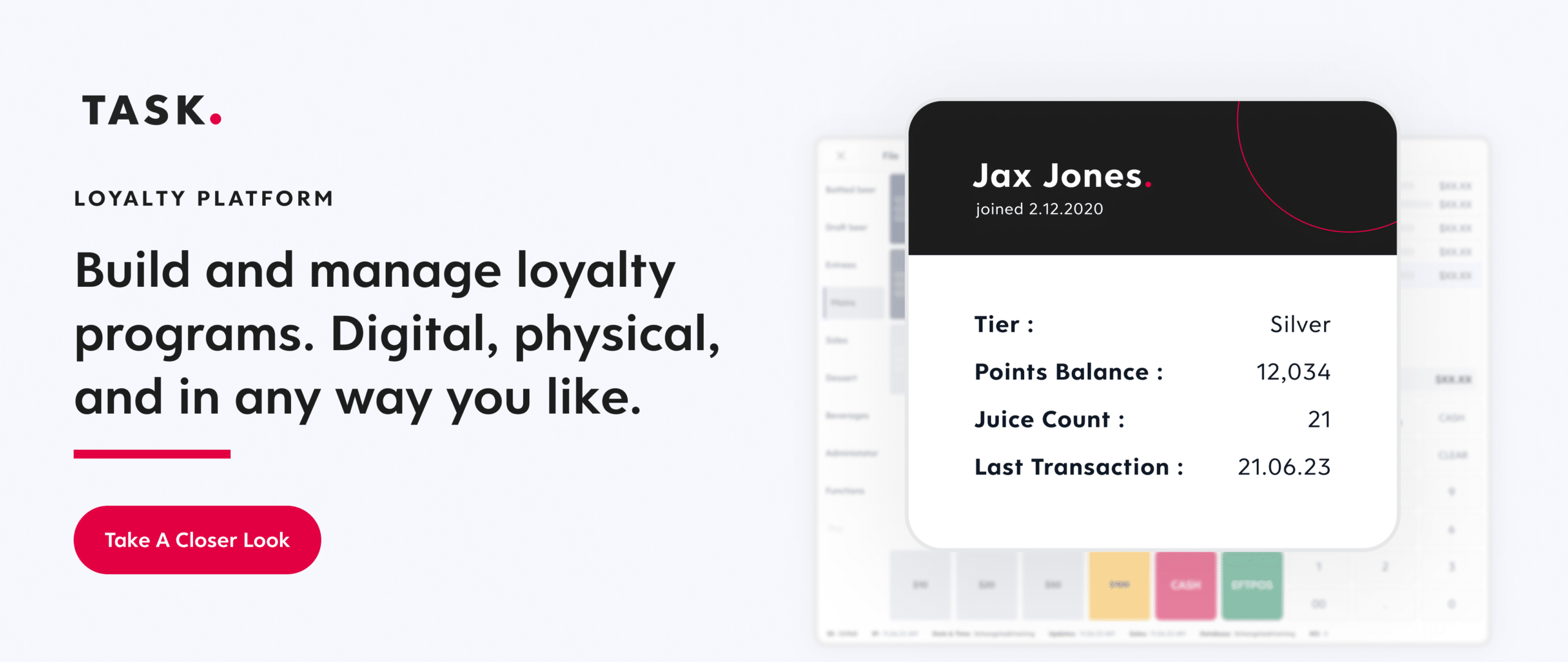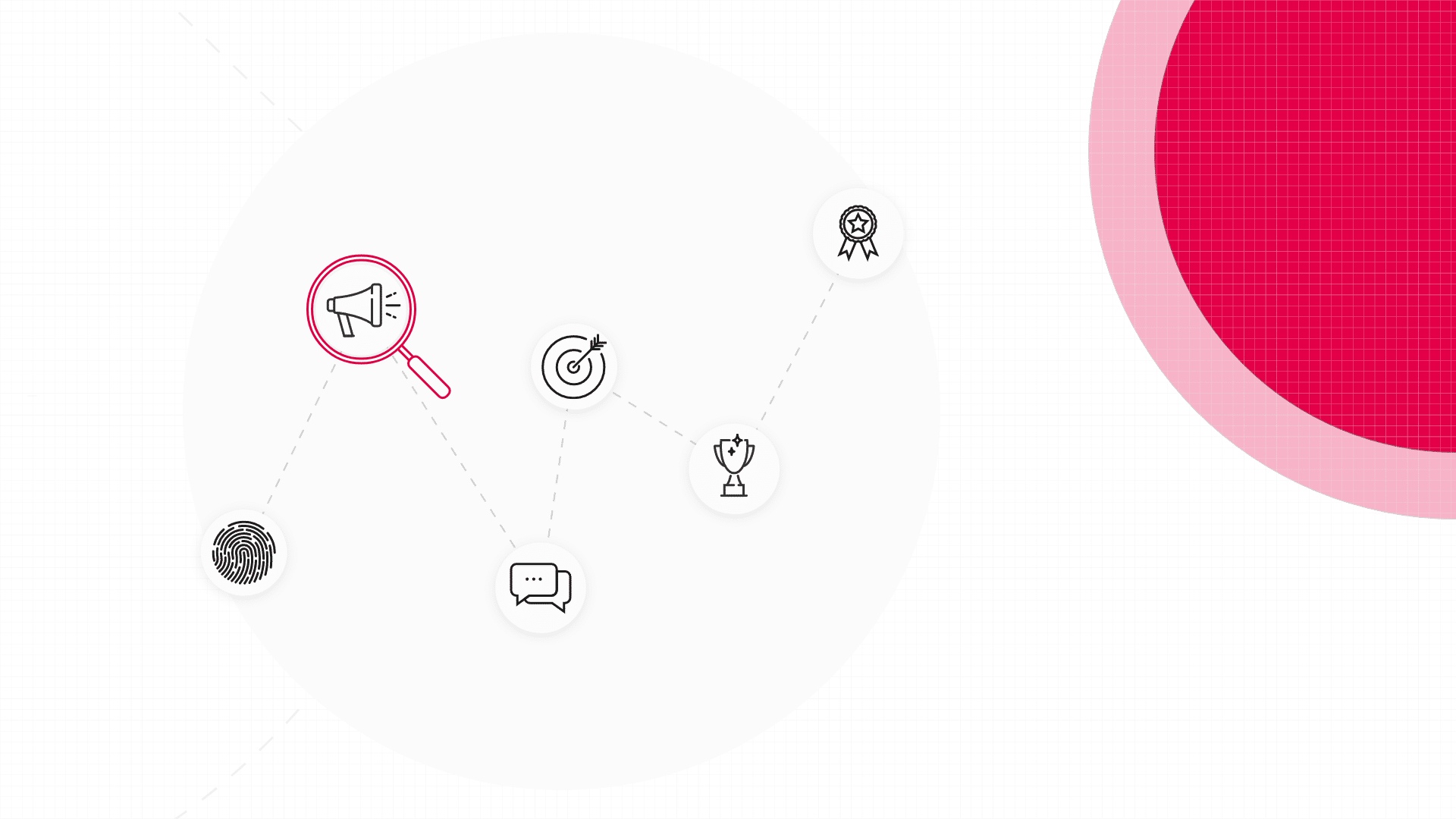Leveraging your loyalty program helps drive greater lifetime value and grow your brand’s influence even in tough economic times.
Right now, loyalty is increasing average e-commerce quantities by 319 percent. To tap into this enormous opportunity, businesses first need to develop a thorough understanding of how their program is performing, and what they can do to boost its potential.
That is where ongoing experimentation and program auditing come into play. Here’s what you should know about effectively developing, managing, and improving your loyalty program.
Why Should You Do an Audit of Your Customer Loyalty Program?
When was the last time you completed an audit of your customer loyalty program?
Customer needs are evolving more rapidly than ever, and with this comes increasing demands on hospitality services and quick-serve restaurants (QSRs). To keep up with customer trends, maintain customer engagement, and improve satisfaction with your brand, then you need to know where you currently stand and identify the right areas for improvement.
Auditing helps target specific customer groups with tailored loyalty offerings and shed light on changing customer behaviors and preferences. The results will show you how to create more effective marketing campaigns, and where the potential is to increase customer retention.
What are the signs that your customer loyalty program needs an audit?
“Every loyalty program should incorporate auditing – no matter what,” says Kathryn Byrne, TASK’s Chief Strategy Officer and expert in building strategic loyalty programs. As she explains, “Meaningful, beneficial loyalty doesn’t come from a simple plug-and-play program. It takes ongoing effort and development to build and continuously improve a system that will take your brand to the next level.”
57 percent of consumers spending more on brands to which they are loyal – so it should be clear that loyalty programs can be powerful drivers of a brand’s success. However, a poorly-designed loyalty program can actually cost a company money. If you’re offering the wrong rewards, or making your system too complicated, then it could actually end up damaging your brand and your customer relationships.
“Auditing should simply be part of your process. The better your insights and your alignment with customer needs, the faster you’ll start seeing success,” says Kathryn. “But you need data to help identify these issues and encourage strategic decisions that will drive profitable outcomes.”
Here are some telling signs that your loyalty program needs an audit:
- Reduced number of customers enrolled in the program – indicating that it is not relevant enough to your audience
- Active members churning or not redeeming program rewards
- Spending is consistently outweighing the benefits. If the program has a negative ROI, or there aren’t enough measurements to determine the ROI, then that’s a sign that the program needs clearer measurement criteria for success or failure.
- Difficulty in understanding what triggers redemption or engagement
- Employees are misusing the program or unintentionally restricting its growth
How to Create a Loyalty Marketing Program That Works
An effective loyalty marketing program can minimize customer churn, increase your revenue, attract new customers and engage existing customers.
How do I audit my customer loyalty program?
Auditing a customer loyalty program can be difficult, especially if it is not already a common part of your business practice. After all, no one likes to feel that they are undoing hard work, or giving up on an exciting idea. Auditing requires challenging every aspect of the program in its current state – and sometimes the results will require changes, additions, or early retirement for antiquated systems.
Here are the basic steps involved:
Decide on the metrics that will help you measure and track success
Enrollment, redemption, and customer behavior data are the foundations of a loyalty program – so start by identifying what key figures will provide the most valuable insights into the current state of a loyalty program and tell you what needs improvement.
“Successful audits build a case for the audit and its scope,” explains Kathryn. “If you’re seeing churn or lack of points redemption – or you don’t know how to measure these – then that’s a clear sign that you need a comprehensive audit. Even if the signs do point towards strong or growing loyalty, then an audit can uncover your blind spots and help improve analytics, ROI, and long-term customer satisfaction.”
Continuously collect data to evaluate the program’s effectiveness
Once you’ve identified what data you need to collect – from engagement to redemption rates – you then need to collect the data and score each element while also identifying where and how it can be improved.
Sometimes, this data will also look at how the program is affecting your business’ overall transactional metrics and revenue growth. Other indicators may include reward redemption versus reward issue and loyalty reward redemption versus overall promotional reward redemption.
Assess the market to quickly identify changes
It is important to determine how your evolving program is aligned with trending customer needs and expectations. Your brand should constantly reflect your customers’ needs – as their preferences shift, so should your program.
This can be supported by evaluating your competition and understanding how other loyalty programs may be affecting customer behavior and expectations. That means taking a look at what else is on offer on the market, and ensuring that your system offers a superior experience.
While it’s important to be proactive about market changes, Kathryn also says to be aware that, “A trend can only be a trend if it’s given time to develop.” Giving new changes some breathing room can sometimes be important to get an accurate picture of its success.
Prepare a financial report
Loyalty programs are only beneficial when they drive long-term positive ROIs. Even if your current program isn’t in the green, it’s important to include a detailed breakdown of costs, revenue, and profitability of the current program so you can assess where it can be improved upon.
How Kitchen Management Software Helps Restaurants Uncover Key Metrics
Kitchen management software is helping restaurants boost efficiency, reduce food waste, and increase profits.
Evolve and test your improvements
At this point, you now have an accurate view of your current loyalty program – including ROI, market expectations, and the effectiveness of your current model – as well as a scope of what a successful program might look like.
John Laporte, TASK’s President of North America, emphasizes the importance of experimenting with new ideas and tracking them thoroughly. “Transformation and success is all about having a close connection with your customers. It’s important to listen to their needs, continue to bring them better experiences, and also draw back quickly if something doesn’t hit the mark.”
Ultimately, auditing is about working towards the best possible experience for guests and driving higher profits for brands. By identifying areas for improvement, audits help continuously improve customer engagement, satisfaction, and profitability.
What are the best practices as you move forward?
When auditing a customer loyalty program, it’s important to work with a strong technology partner that can help you maximize your program’s effectiveness.
Start by choosing a best-in-class native platform that gives you meaningful, real-time data and insights into your loyalty program so you can make better business decisions. Your platform should be specifically designed to suit the kind of industry you are in and offer a range of features to help you manage and optimize your loyalty program.
Improve your loyalty program by educating your staff. Your employees play a critical role in the success of your loyalty program, so it’s important to ensure they’re well-informed and invested in the program’s success. Offer training sessions to educate employees on the benefits of the program, how to enroll customers, and how to communicate program details to customers. By empowering your employees to serve as ambassadors for the program, you can help increase customer engagement and participation.
Lastly, incentivize your customers to engage more with your brand and offer feedback. This could include a discount on their first purchase, bonus points for enrolling, or other perks that encourage customers to start participating in the program.
Auditing customer loyalty programs successfully requires ongoing analysis, improvement, and evolution – all of which should come together with a through an integrated technology stack. Developing a thorough system of reviewing key customer data will ensure that you are optimizing a program that will drive long-term growth and profitability.

